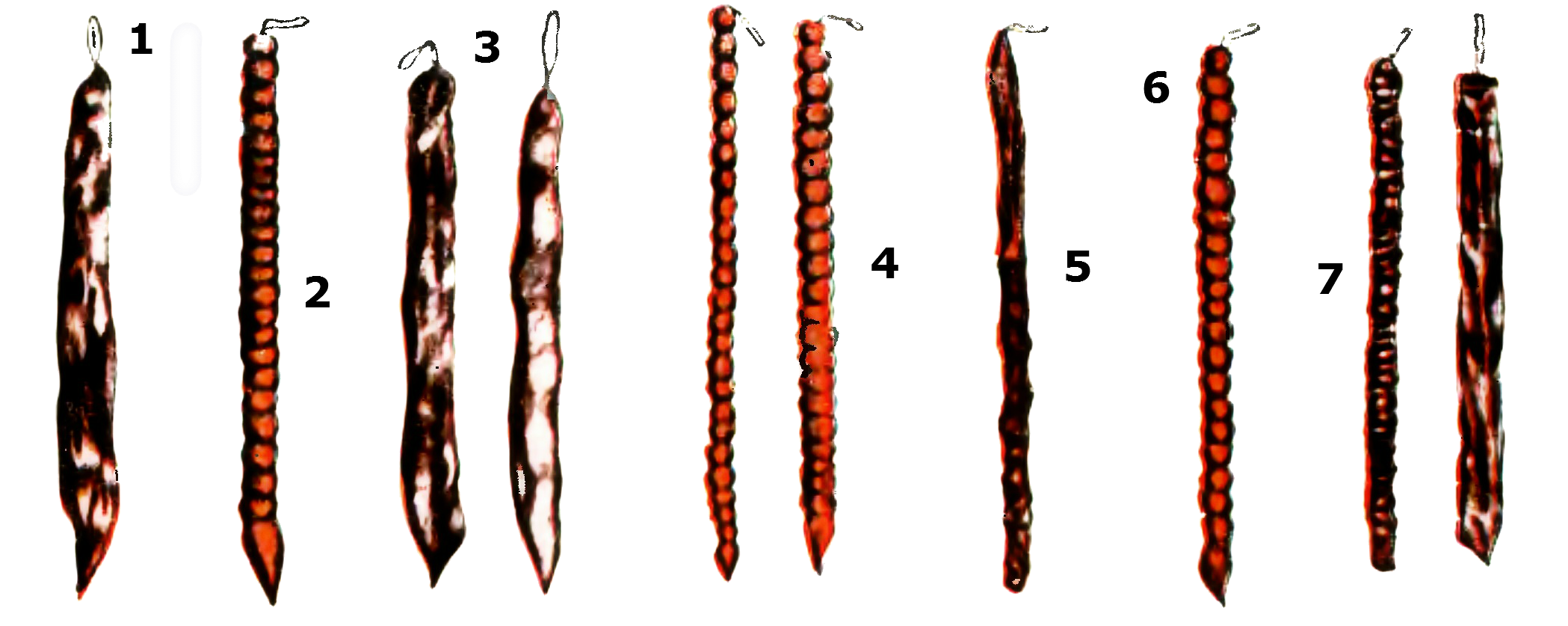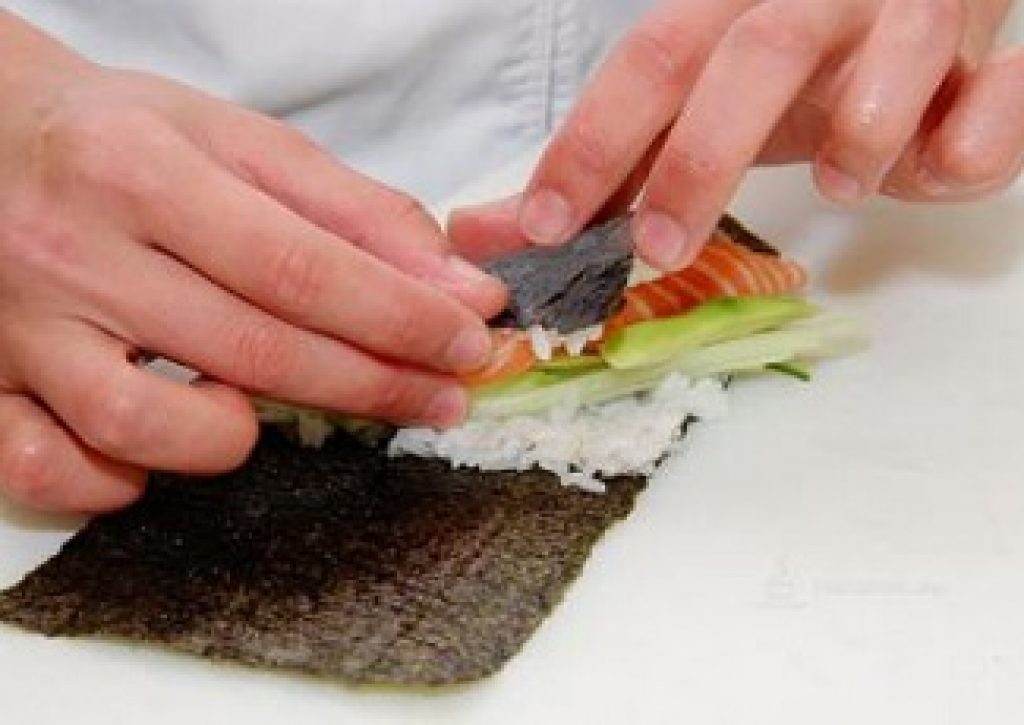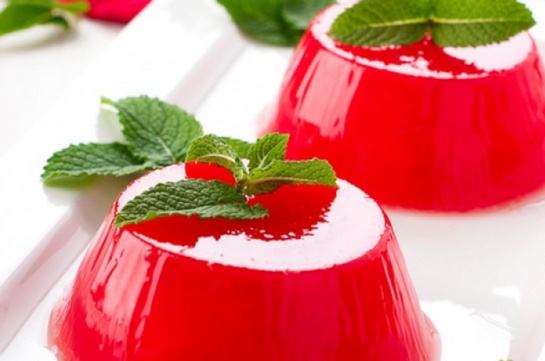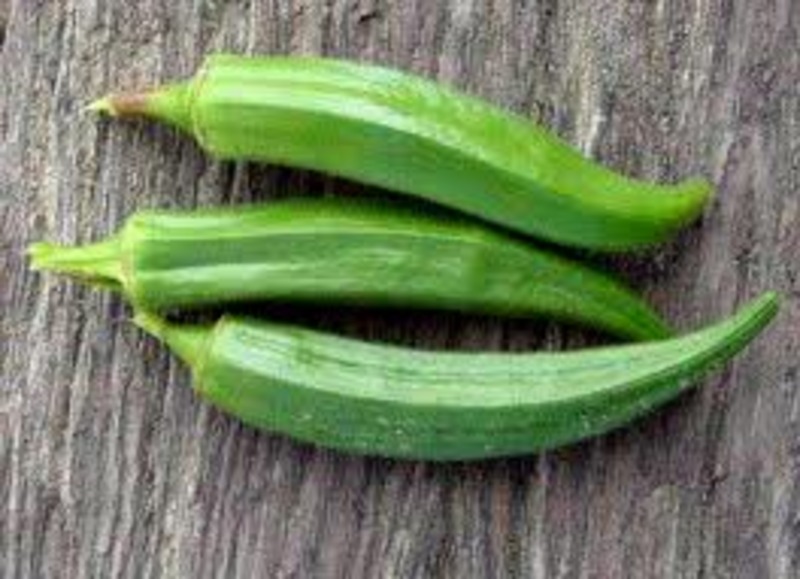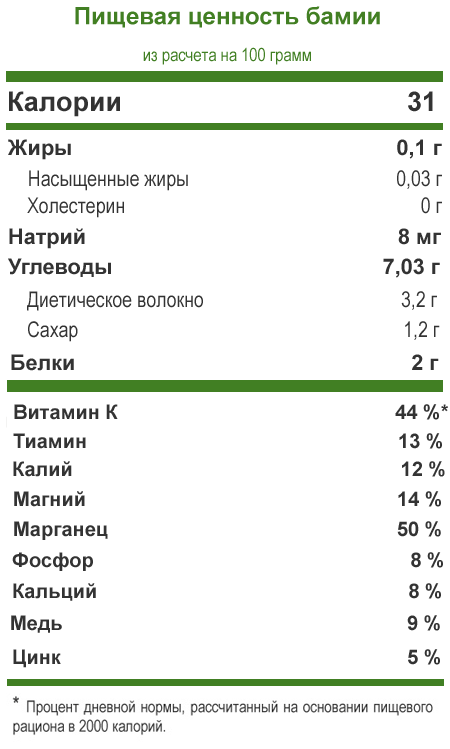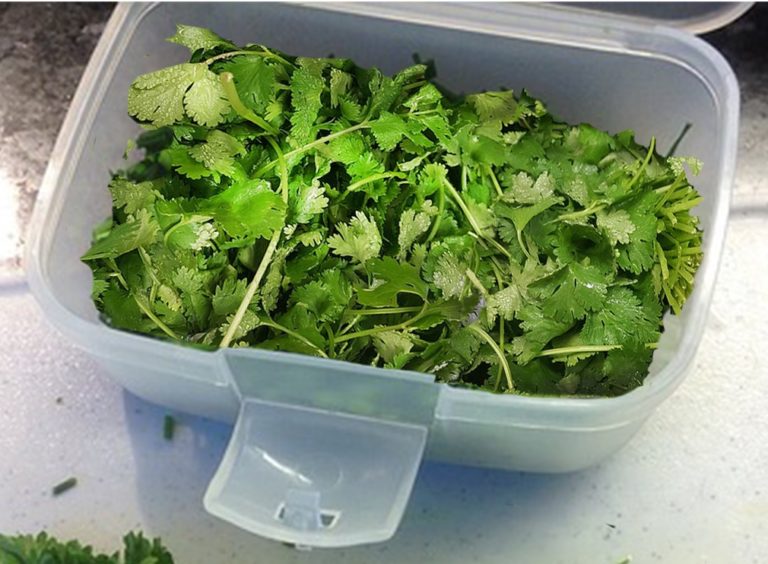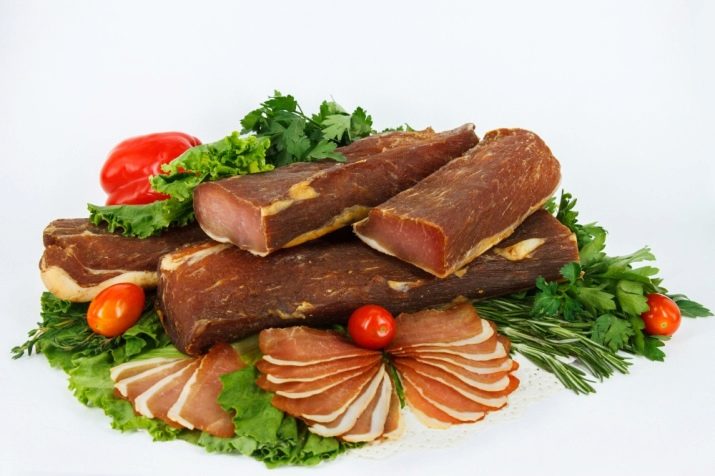Tinting textile toys with coffee solution. How and how to dye the fabric in flesh colors for sewing tilda
Modern women often needlework - they sew, knit, make soft toys and create real masterpieces of the currently popular style of handmade. Sometimes for work you need to get a fabric of a certain shade or just want to experiment with its color. How to dye the fabric at home? In our article, we will list "helpers" - natural remedies with which you can color matter in all the colors of the rainbow.
So what are these dyes for clothes? You may be surprised, but we will talk about red cabbage, beets, oranges, lemons, onions, blueberries, blackberries and spinach. And also about other helpers - tea and coffee.
Fabric dyeing is a creative process. The love of experimentation is the main quality in working with natural dyes. Do not be afraid to change the number and composition of ingredients, leave the fabric in water at different times - the results will allow you to choose exactly what is required.
What specifically to use
Natural dyes for clothes allow you to get a wide color spectrum. To achieve red or pink tones allow blueberries and beets. Their pigments will help to achieve a beautiful and unusual "dusty" pink shade.
If you want to get varieties of purple or blue, take blackberries or red cabbage. Need mustard or copper colors - remember the usual onion peel, which is painted on Easter eggs.
Yellow flowers are achieved with the help of skins of lemon and orange. The zest gives the yellow fabric a soft shade. Pale green can be achieved with spinach. But for bright green it is better to take the usual pharmacy green.
How to dye a fabric at home - process technology
We start to cook a "potion". We cut the selected ingredients, put in a pan, fill with water in an amount twice as large. Boiled - leave to cool for an hour. Want a richer color - leave it all night. And do not forget to strain the liquid - the dyeing of the fabric is fundamentally different from the preparation of compote!
Especially successful dyes for clothes and just fabrics can be obtained from beets (a ruby \u200b\u200bhue appears literally before our eyes!) And from onion husks. But spinach is not so effective.

How to prepare fabric
Before dyeing the fabric at home, it must be specially prepared - with the help of a fixing solution, with which the coloring pigment will hold better. It is prepared as follows: in case of berries dyeing, half a cup of salt is diluted in eight glasses of water, the fabric is boiled in the resulting solution over low heat for about an hour. If you paint with vegetables, the solution is prepared on the basis of vinegar, which is diluted in water in a ratio of 1: 4, the technology of the procedure is exactly the same.
Tissue removed from the solution and rinsed with cold water is ready to meet with the dye. Immerse it in a container with our homemade paint and leave it for a while. Which one depends on how rich the shade you need.
After drying, the dyed fabric will fade slightly - this must be taken into account in advance. But remember that natural dyes have excellent strength and stability, dyeing fabric with their help will retain its freshness for a long time.

Dye the fabric in flesh color
How to dye the fabric at home in the color of a tan or flesh (for example, you sew a tilde doll)? In this case, you should take natural fabrics such as linen or calico light tones, and aniline dyes, as well as the most ordinary tea or coffee, will help to give them the desired shade. Wine and some juices are also good.
Wash a new fabric before painting - remove factory impregnation. Then a solution is prepared with the help of which the staining of the tissue is performed. Here are some suitable recipes.
In a hot solution of strong black tea, we lower our tissue for 20 minutes. For the fortress, add a little baking soda to the tea leaves. For uniform color, the fabric should be stirred. Then it is wrung out, straightened and dried. The final shade will appear in two to three days.
Not only tea but also coffee
Coffee solution - take a spoonful of salt (tablespoon) and a liter of water, add the cheapest instant coffee - 50 grams, dye the fabric with constant stirring for about a quarter of an hour. Then rinse in cold water and dry in the same way, straightening. Coffee can be brewed in a Turk. In this case, the dyed fabric will have an inherent light coffee aroma.
In office supplies or special departments for creativity, you can buy aniline dyes for fabric and batik. Dyeing the fabric to the tone of a natural tan is obtained by mixing brown (as the basis) color with orange, white and red. At first, you will have to experiment with proportions. Too dark tones are lightened with white paint.
The desired shade can be achieved by adjusting the fabric already dyed with black tea using aniline dyes.

Tissue dyeing without unnecessary risk is provided by test dyeing on a small piece of it.
Remember that natural fabrics can be more easily and quickly saturated with the desired color compared to synthetic ones.
There are special fixers for factory-made paint.
Different brands of tea under the same conditions will give different shades and color intensities.
Before, I once only thought a couple of times about the fact that you can dye the fabric at home.
Somehow it was no reason.
Although, now I don’t really need it (no, I dyed the lace a couple of times with tea leaves но), but one of my readers is fond of the Tilda doll, and for her she dyes fabrics at home, and even with natural dyes.
I was very glad when she kindly provided a workshop on dyeing fabrics.
How you can dye a fabric, how to dye a fabric for tilde and how to dye a white fabric - you will find the detailed answer below for all these questions.
Materials:
Flax cuts - 3 pcs.;
Ground coffee - 1 tbsp. spoon;
Ground cinnamon - 1 tbsp. spoon;
Onion peel - 2 presses.
Any craftswoman knows how important it is to have fabrics of different colors and shades on hand: when the choice is great, you can easily choose the material for any idea. Here, dyes come to the rescue - not only artificial, but also natural. Ordinary cinnamon, ground coffee and onion husks will help us to create fabric of interesting shades.
How and how to dye the fabric at home:
1. First, try to dye a piece of flax with cinnamon. The fabric dyed with this seasoning is especially loved by the craftswomen who sew tilda toys. The fact is that cinnamon gives the fabric a very delicate shade, and in the future this fabric can be used to create doll faces. For coloring we take light flax - on it the effect of coloring will be better visible.
So, put a spoonful of cinnamon in a pan, fill it with two glasses of water and bring to a boil. As soon as the liquid boils, we put in it a piece of tissue and cook for 10 minutes.
2. After 10 minutes, remove the flax from the water with cinnamon, rinse under cold running water and dry. We get a beige fabric with an interesting gingerbread tint.
3. Now try to dye the fabric with coffee. Pour a tablespoon of ground coffee with two glasses of water and bring to a boil. Then we put in it a prepared section of flax and cook for 10 minutes, as is the case with cinnamon.
4. After 10 minutes, we take out a cloth from coffee water, rinse thoroughly in cold water and dry it. The color of the coffee gave a similar color, but after cooking in cinnamon, the fabric looks more pinkish, and after brewing in coffee - more brown.
5. Onion husk do a little different. Fill it with two glasses of water, bring to a boil and boil the liquid for 15 minutes, until we get colored water. Only now can we put a piece of fabric in the water. Cook it with onion husks for 10 minutes.
6. We take a piece of flax from the water, rinse and dry. We have got a flax of saturated sand color.
As a result, we see three cuts of fabric in new shades that we can use to sew delicate dolls or toys. A whole palette of fabrics can be obtained using natural dyes!
P.S. And I also want to add from myself that these skills in dyeing fabrics can be applied not only for tilde dolls, but also for other purposes. For example, I dyed white lace to a cream color using tea leaves. To do this, I brewed several tea bags of black tea (to make strong), and then soaked the lace in this liquid. Color can be varied by holding time 🙂
Thus, knowing a certain skill (not only dyeing fabric at home), you can apply it for different purposes!
Today we will talk about dyeing fabrics in flesh colors. THAT are the colors that are simply necessary for Tilda dolls. How and with what it is possible and necessary to dye fabrics, we will understand further. All useful information is collected in a tablet. The fabric is everywhere used suitable for sewing Tild Ikeevskaya White Lenda.

So, let's start with staining with manganese. It is difficult to find it now, but it's worth it: things have persistent staining and the color of the paint does not wash off.
We paint it like this: pour a small amount of manganese, fill it with water, getting a dark cherry liquid. Mix well, completely dissolving manganese. And we look at the results of dipping, as well as after 1, 3, 6, 10, 20 minutes. And then after 1.2.3 hours. It is important to stir occasionally, otherwise the fabric will stain unevenly!
Also, pieces stained for 1-2 hours are dipped in a solution with kukrkuma, which makes the color yellow.

Next, we experiment with instant coffee. Here Pele was used in a red jar - 2 options - 1.5 teaspoons per 200 ml of boiling water and 3 teaspoons per 200 ml of boiling water. Mix, paint in the same way, stirring. Dry, iron and look. The colors are warmer, more saturated in a thick solution.
And coffee with turmeric. A great option if coffee or tea is painted with a gray tint, and you need a warmer color. So, colored coffee or tea, dip in a solution of turmeric. If the shade is not yellow enough, dip again. We paint with gloves.

Well, and where without tea. We drink it and color them. "Princess Nuri Alpine" packaged. We make tea 2 options - 2 tea bags per 200 ml of water and 4 tea bags per 200 ml of water. We insist with a lid for 5 minutes, and then we take out, squeeze and throw out the bag. We paint according to the old scheme, rinse in cold water, dry. And experiments with turmeric staining in pure form and with the addition of tea.

An unpainted fabric is highlighted in red for convenience. And don't forget to stir to avoid divorces!





Methods of dyeing fabric in flesh colors for sewing TILDS

Tissue Dyeing - Manganese
Very persistent staining. Things painted with potassium permanganate were washed many times and the color does not wash off. Ikeevskaya White Lenda was used
Very little manganese was poured into the warm water from the tap; the solution turned out to be dark cherry in color. Mix well to dissolve. Put pieces of cloth. I got it right away, after 1,3,6,10,20 minutes, then after 1,2,3 hours (I didn’t forget to stir).
Another double pieces, stained for 1 and 2 hours, dipped in a solution of turmeric. Then it dried, ironed and decorated everything on a sheet. And here's what happened:

Manganese gives a good color, and with turmeric you can make it a little yellower, it turns out pretty. :) Do not forget to wear gloves when painting and stir the fabric in the solution for uniform staining.
Fabric Dyeing - COFFEE
Used soluble pele in a red jar.
Brewed with boiling water (2 options - 1.5 teaspoons per 200 ml of boiling water and 3 teaspoons per 200 ml of boiling water), mixed well to dissolve. Put pieces of cloth. I got it right away, after 1,3,6,10 and 20 minutes (I didn’t forget to stir). I dried it, ironed it, and then decorated everything on a sheet. And here's what happened:

The colors turned out good, bright, warm. In reality, the gradient from piece to piece is better visible. Although this scan is closest to the original. Where coffee is thicker, the color is a bit more saturated.
In the third version with turmeric coffee. Oh, and a vigorous thing! :) With her, she concluded this - if the fabric turned out with a gray tint (it can also be from coffee or tea) and I want to make it a little warmer, more yellow, then after staining in tea / coffee you need to quickly dip the fabric in a solution of turmeric. Dry, see - if yellow is not enough, then dip again. Because when you are in a solution with turmeric for a long time, the fabric becomes very yellow in color, and if you do it this way quickly, you get a neat tint in yellow. Yes, and don’t forget to wear gloves when painting!
Fabric Dyeing - TEA
I needed to dye the fabric in a flesh-colored shade for my needlework. I tried different methods and as a result, whole "color cards" were compiled - a useful and necessary thing in needlework. :)
Today I'll show you what happened with tea. Used the "Princess Nuri Alpine" packaged.
At home there was Ikeevskaya white Lenda. It is a dense cotton, well suited for sewing bodies for toys like Tilda.
Tea was brewed and insisted for 5 minutes under the lid (2 options - 2 bags per 200 ml of water and 4 bags per 200 ml of water), squeezed the bags, threw them away, dipped the fabric into the tea leaves. Then immediately or after 1.3.6 minutes, the fabric was taken out, rinsed in cool water and dried, laid out on a towel. And then she ironed and looked what would happen.
She also experimented with pure turmeric and added to tea.
I registered the result in such a tablet:

Scan turned out closest to the original. :) Unpainted fabric is highlighted in red.
For uniform staining do not forget to stir and move the fabric. Otherwise, tea will settle to the bottom (and turmeric too) and stains will appear on the fabric. For samples, I did not particularly need this, so my tissues are partially striped. :)







